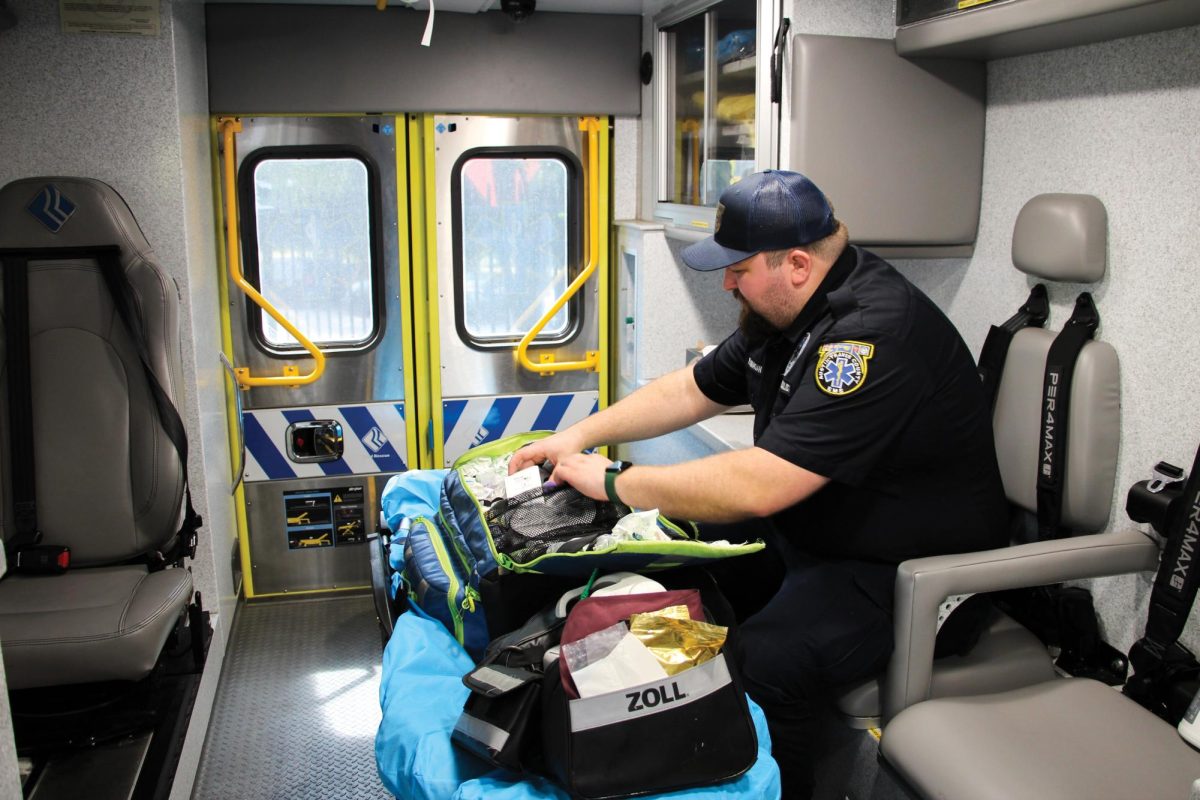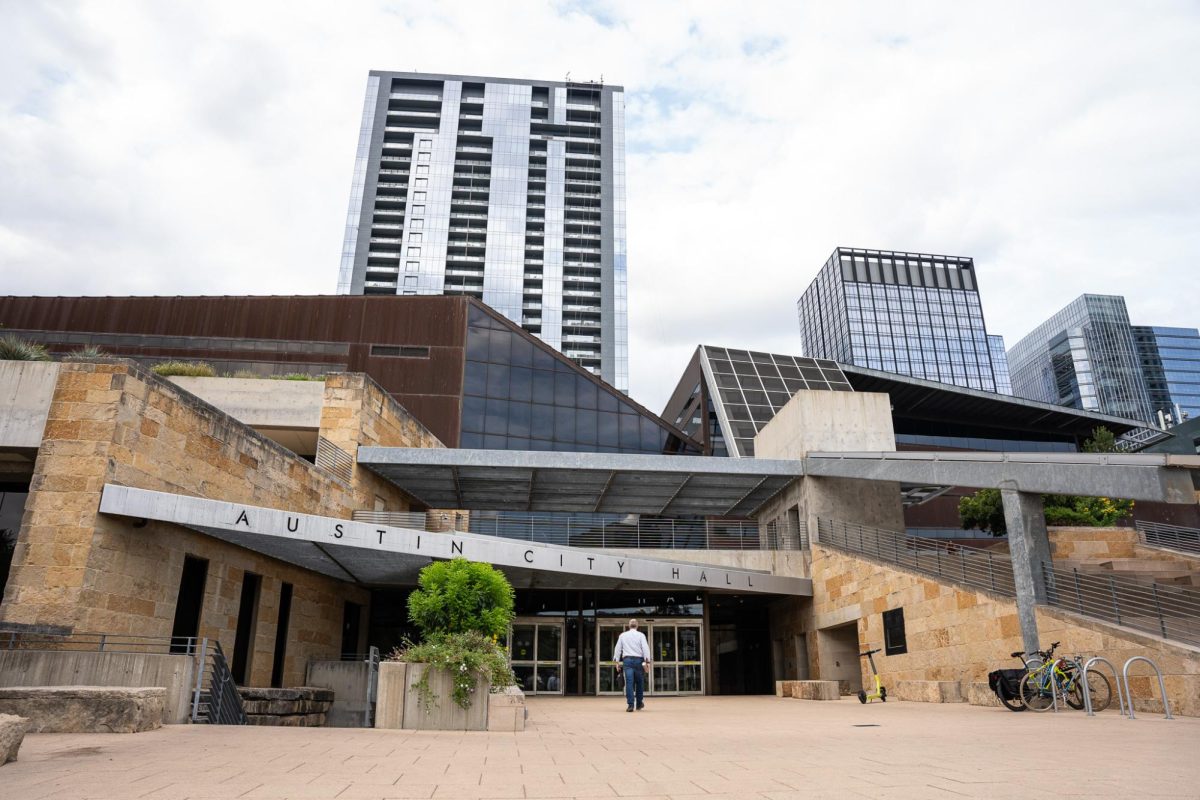Austin City Council approved a new long-term contract on Sept. 14 between the Austin Emergency Medical Services Association and the city, giving medics a raise amid high department vacancy rates.
The previous contract for Austin EMS workers ended in Oct. 2022, said Selena Xie, Austin EMS Association president. The association, which represents Austin-Travis County EMS medics, negotiated with the city to develop a new contract that gives raises to all medics, including an over 10% increase for new medics, since 2021.
“We showed (City Council) that we weren’t willing to accept the amount of money that they were going to put on the table,” Xie said. “We were finally able to get the city to understand how bad the situation is.”
Xie said Austin EMS has a 20-23% vacancy rate, putting more stress on medics as calls for service continue to increase.
“I’m really glad they got this done because (for) the amount of work they do, they deserve to truly get paid for what they do,” Longhorn EMS captain Annette Velasco said. “It will help with retention and just having more people there keeping the community safer.”
Longhorn EMS chief Arvind Subramanian said Longhorn EMS collaborates with Austin-Travis County EMS to receive supplies and training for its members.
“We’ve always had a great partnership with them,” Subramanian said. “Working in EMS is hard, but, also, working in one of the largest metropolitan areas is even harder.”
Subramanian said COVID-19 greatly decreased the membership base of the organization, showing him firsthand the pandemic’s impact on EMS medics.
“We know that this country is not producing as many paramedics anymore,” Xie said. “A lot of that has to do with the fact that because of the pandemic, some paramedic programs were put on hold.”
Xie said she hopes the new contract’s increase in the pay scale for medics decreases the vacancy rates in the department. The contract will also provide salary increases for other medics and extend the period medics can receive raises.
“We know that we have to do a lot better for our brand new medics because affordability and daily costs are very, very high right now,” Xie said.
Before the new contract, medics only received raises for up to 20 years because they could retire after 23 years, Xie said. In 2012, Austin changed the retirement plan, leading the association to extend raises to up to 30 years in the new contract.
“Everybody who got hired after 2012 has to work 30 years and be 62 (to retire), which makes it very, very difficult to see the light at the end of the tunnel,” Xie said. “(Extending raises) shows our younger folks that if they want to stay for the long haul, there will be raises until the time that you’re eligible to retire.”
Xie said the new contract, which will last for four years, allows Austin EMS to identify ways to improve its use of resources.
“I’m excited to have this under our belt because EMS really has a lot of thinking to do about how to provide a truly beneficial service to the community,” Xie said. “We can think critically about those issues that we haven’t had the bandwidth to do.”















